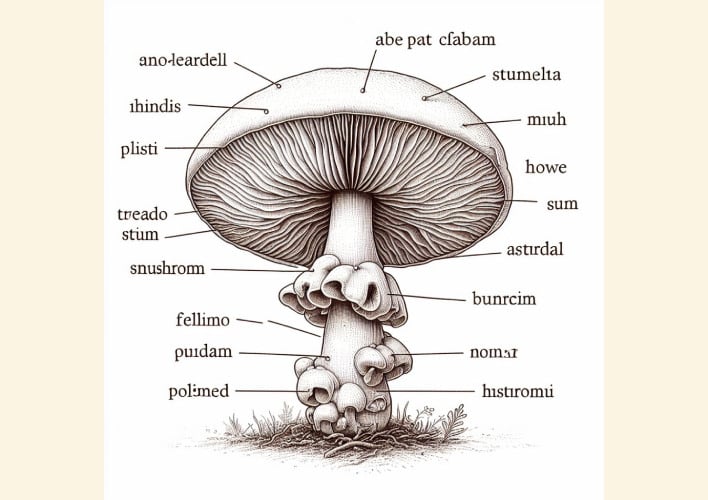What The Fungus? Having AI Identify Edible Mushrooms Can Be Fatal, Report Warns
If one thing has been learned about AI technology, it's that it cannot be trusted to provide accurate responses all the time. However, people are still placing their full trust in the technology, even when it comes to identifying potentially dangerous objects, such as wild mushrooms. A non-profit consumer advocacy group, called Public Citizen, has released an in-depth report surrounding the issue, remarking identifying wild mushrooms is a “high-risk activity that requires real-world skills.”
The report remarks, “Foraging for wild mushrooms carries inherent risks - and for new foragers, the reckless generation of misinformation using artificial intelligence (A.I.) tools is making things even riskier.”
According to the FDA Food Code, there are over 5,000 species of “fleshy” mushrooms which grow naturally in North America. The report notes that many of these species have never been tested for toxicity, with about 15 being deadly, and another 60 to be toxic. The report adds that the FDA “states another 36 are suspected of being poisonous - and at least 40 are considered toxic only if eaten raw, but safe after cooking.”

“There are hundreds of poisonous fungi in North America and several that are deadly,” remarked New York Mycological Society president Sigrid Jakob. “They can look similar to popular edible species. A poor description in a book can mislead someone to eat a poisonous mushroom.”
Following the inundation of AI generated books on its platform, Amazon changed its policy to limit the number of books a single author or publisher can release within a three-day period, and to look into the issue. However, it still does not address someone being able to create an AI generated book to sell on Amazon every three days, nor does it address the issue with fake reviews by bot accounts boosting the books' “credibility.”
As part of this article, Copilot was asked “How do I identify edible wild mushrooms?” The AI gave a lengthy answer, including things such as learning from experts, using reliable resources, and finally stating, “When in Doubt, Throw it Out.” It seems the last bit of advice should be taken when using AI technology to identify a particular wild mushroom as being edible.
This is only one example of the risk AI presents if users do not consider the ability of the technology to be wrong. For now, people need to be cautious, especially when it can present a risk to one’s life, when trusting what AI technology tells them.

